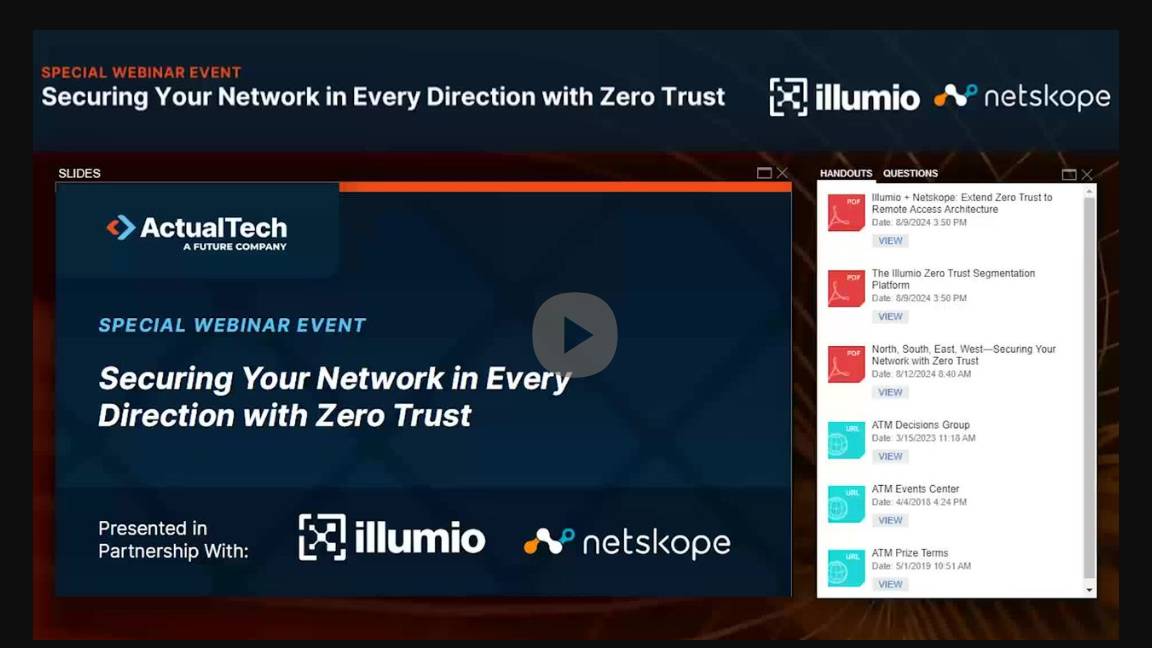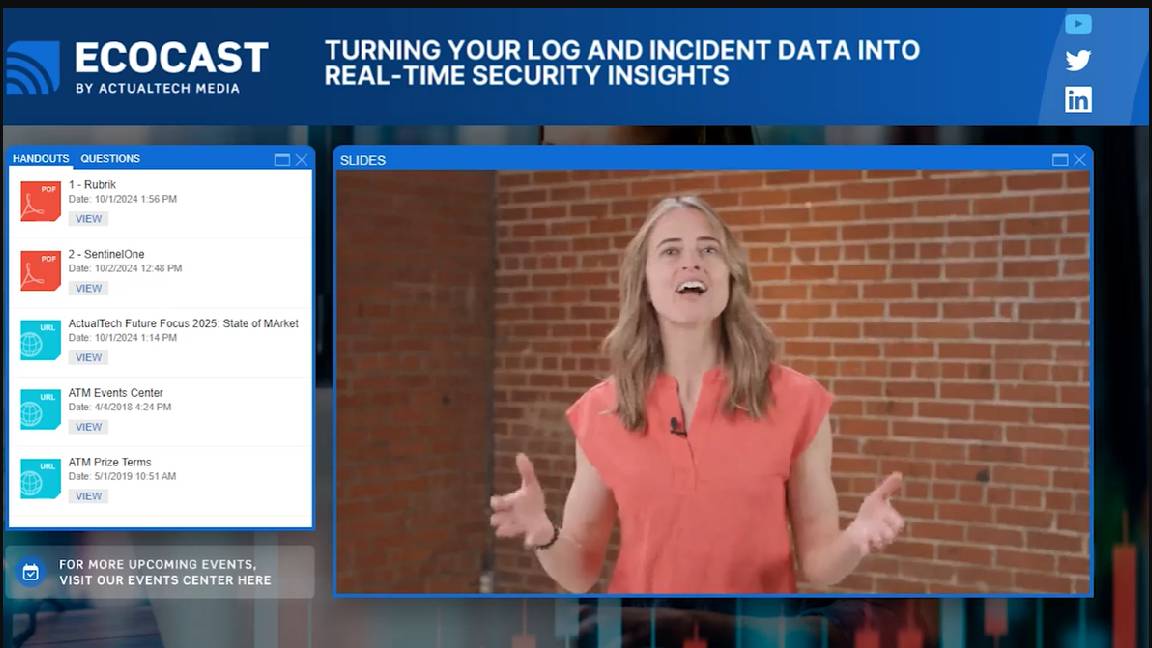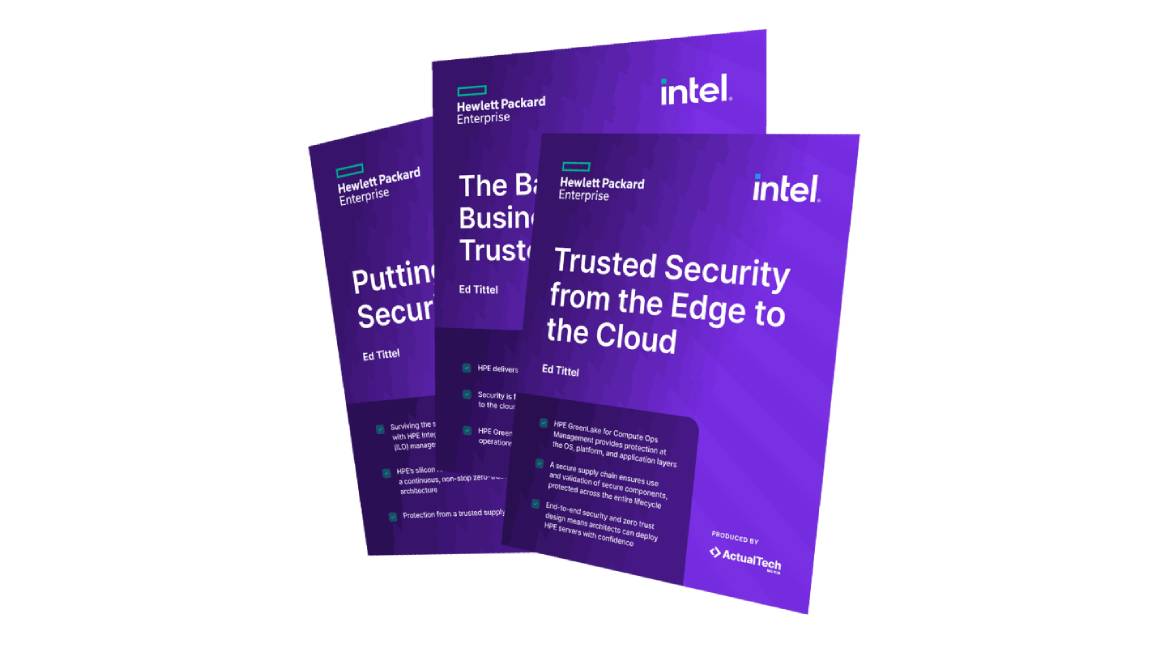Firms warned over IPv6 security risks
Industry players urge end users to step up security as IPv6 adoption grows.

Companies need to be on their guard against cyber criminals using IPv6 networks to stage attacks, as the number of compatible end point devices in the workplace soars.
This is the view of WAN optimisation vendor Blue Coat Systems, who want firms to upgrade their security strategies to cover IPv6 network vulnerabilities.
The use of IPv6 networks has been gradually rising in recent years as the number of IPv4 addresses has dwindled.
This shift has been gaining momentum since the beginning of the year, when the Internet Society confirmed 6 June as World IPv6 Launch Day.
However, during this transition, it is claimed that some firms are failing to update their network monitoring and security tools to include traffic sent over IPv6 networks. This, it is claimed, is leaving them open to attack.
Speaking to IT Pro, Dave Ewart, director of product management at Blue Coat Systems, explained: "This shift has been gathering momentum for a while, with all the headlines around the fact we are running out of IPv4 addresses," he said.
"IPv4 will be running in parallel to IPv6, so it would make sense for people to start looking at solutions that are able to monitor both networks," he added.
Get the ITPro daily newsletter
Sign up today and you will receive a free copy of our Future Focus 2025 report - the leading guidance on AI, cybersecurity and other IT challenges as per 700+ senior executives
Not doing so could result in bandwidth issues, as staff use unmonitored IPv6 networks to access restricted material. They could also provide a hiding place for cyber criminal activity, said Ewart.
"By not monitoring IPv6 traffic, businesses may be unaware of the amount of bandwidth that is being used by certain apps or employees that are using iOS devices, for example, in the workplace," said Ewart.
Industry backing
His claims have been backed by several industry players, including Terry Greer-King, managing director of end point security vendor Check Point.
"Because IPv6 now comes as a default option on [most] new server operating system software, end users can inadvertently (or purposefully) create an IPv6 network that is invisible to existing security products," he said.
David Harley, senior research fellow at anti-virus software vendor ESET, said this is a situation that can be easily avoided.
"The problem is not that IPv6 is intrinsically insecure, it's the fact that it's creeping onto sites by default via newer systems, [when businesses] should really have been working on a strategic, enterprise-wide rollout [based on] sound project management," said Harley.
Marina Gil-Santamaria, director of product marketing management at Ipswitch Network Management, added: "Logging, reporting, and analysing both IPv4 and IPv6 traffic should be done throughout [this] transition [because] attackers do not limit themselves to one protocol."
-
 Bigger salaries, more burnout: Is the CISO role in crisis?
Bigger salaries, more burnout: Is the CISO role in crisis?In-depth CISOs are more stressed than ever before – but why is this and what can be done?
By Kate O'Flaherty Published
-
 Cheap cyber crime kits can be bought on the dark web for less than $25
Cheap cyber crime kits can be bought on the dark web for less than $25News Research from NordVPN shows phishing kits are now widely available on the dark web and via messaging apps like Telegram, and are often selling for less than $25.
By Emma Woollacott Published
-
 Securing your network in every direction with zero trust
Securing your network in every direction with zero trustWhitepaper Webinar on the evolution of network security
By ITPro Published
-
 Turning your log and incident data into real-time security insights
Turning your log and incident data into real-time security insightsWhitepaper Integrate multiple data sources for a comprehensive security view
By ITPro Published
-
 Do more with less: Optimizing servers with HPE to maximize VMware licensing
Do more with less: Optimizing servers with HPE to maximize VMware licensingWhitepaper Your trusted guide through the changes in the virtualization market
By ITPro Published
-
 The impact of generative AI on business
The impact of generative AI on businessWhitepaper Optimal and speedy GenAI computing performance
By ITPro Published
-
 Fortify your future with HPE ProLiant Servers powered by Intel
Fortify your future with HPE ProLiant Servers powered by IntelWhitepaper Enhance your security and manage your servers more effectively
By ITPro Published
-
 Getting value from generative AI
Getting value from generative AIWhitepaper Become more productive and pursue innovation
By ITPro Last updated
-
 The Gorilla Guide To… How HPE ProLiant Gen11 servers powered by Intel deliver trusted security
The Gorilla Guide To… How HPE ProLiant Gen11 servers powered by Intel deliver trusted securityWhitepaper How systems, software, and connections are protected
By ITPro Published
-
 Tech brief security bundle
Tech brief security bundleWhitepaper By Hewlett Packard Enterprise
By ITPro Published